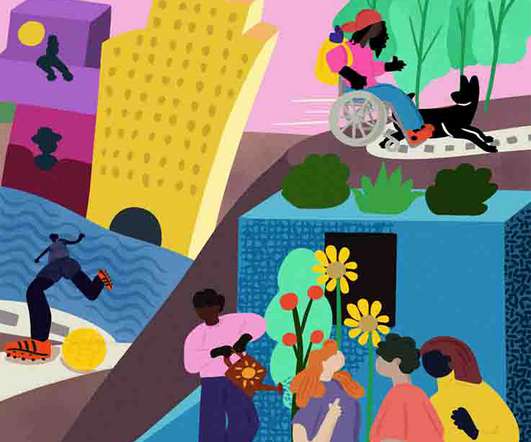Housing and Health: Creating Solutions With Communities
Stanford Social Innovation Review
NOVEMBER 3, 2022
In vibrant and thriving communities, people have the power and resources to realize their vision of health and well-being. There are inequities in housing quality, stability, and access; and imbalances of power that favor markets, developers, and landlords. By Stacey Barbas , Kate McLaughlin , Jessica Mulcahy & Vedette R.













Let's personalize your content